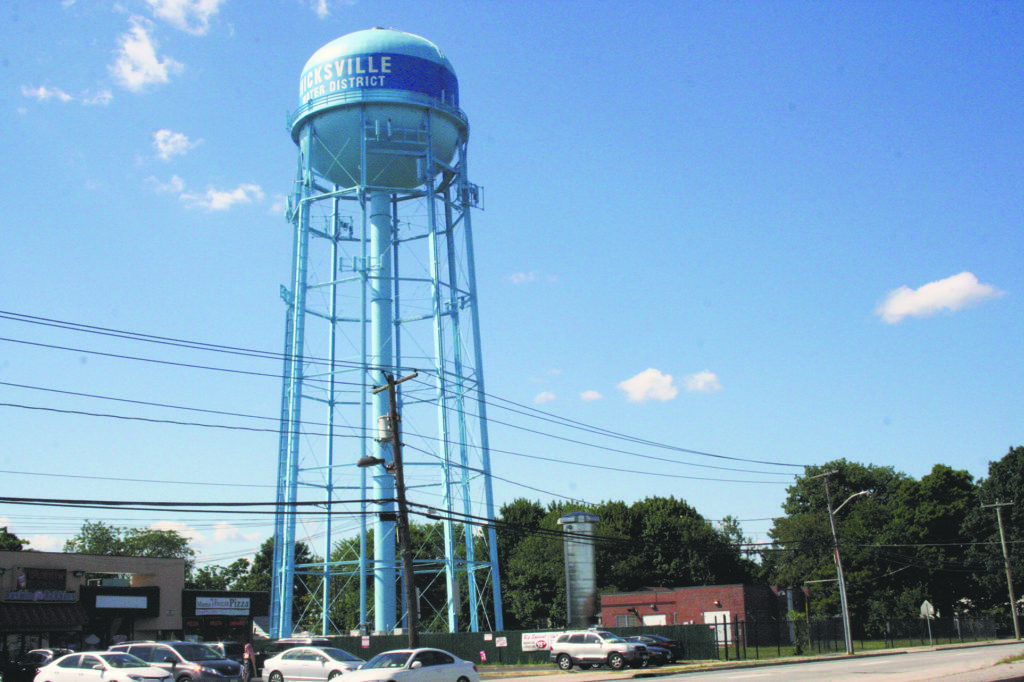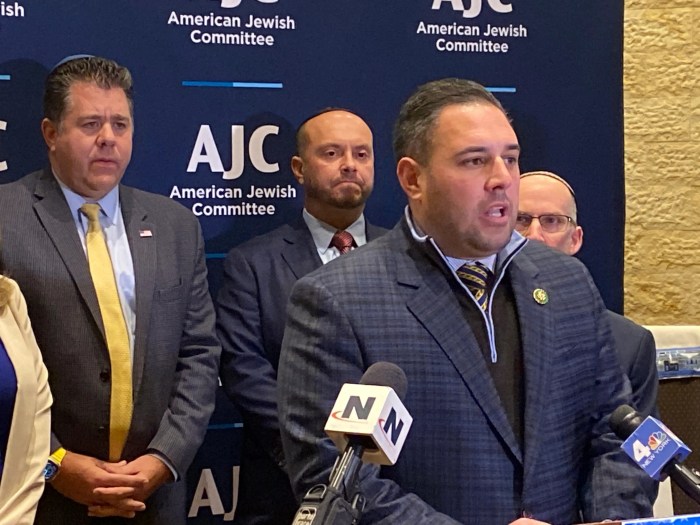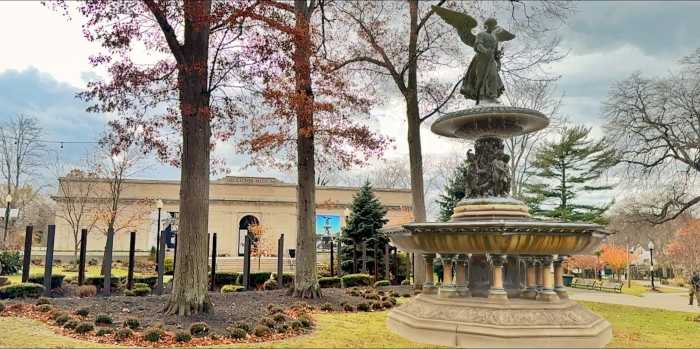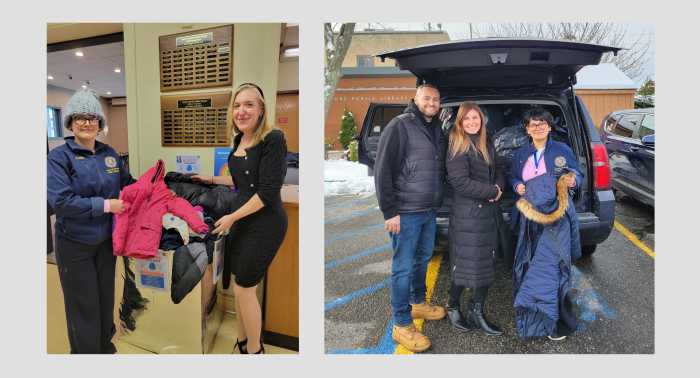“Clean water projects were cut out of this year’s budget by the Republican majority,” U.S. Rep. Tom Suozzi said. “It’s unfortunate that clean water projects within my district that would have supported the construction of drinking water, wastewater, and stormwater infrastructure as well as water quality protection have now been scrapped. It doesn’t make sense!”
The project grants were all proposed in 2024 with the anticipation that they would be included in the 2025 financial year budget.
The loss of these federal water project grants comes at a time when villages and water districts across Long Island are working to respond to new federal water quality guidelines from the Environmental Protection Agency. The guidelines mandate that drinking water contain less than 4 parts per trillion of pre- or poly-fluoroalkyl substances, otherwise known as PFAS, by 2029. The synthetic chemicals, which have detrimental effects on human health, were previously regulated at 10 ppt in drinking water.
“PFAS contamination causes serious health problems, including links to cancer, liver damage, and immune system disorders,” U.S. Rep. Laura Gillen said. “My constituents should not be subjected to these cancer-causing chemicals in their water supply every time they turn on a faucet in their home. In Congress, I’ll continue to push for increased federal investments in the Clean Water State Revolving Fund and the Water Infrastructure Finance and Innovation Act grant program, and will work in a bipartisan manner to help make sure that Long Islanders have access to the clean water they deserve.”
The Village of Rockville Centre and the Town of Hempstead would have received $1,250,000 and $1,000,000 respectively for water projects they had been counting on to complete. Rockville Centre would have used the money to rehabilitate their Marlborough Court Pump Station, which has not been upgraded since its construction 85 years ago, and Hempstead would have used the funding to continue efforts to remove 1,4-dioxane, a possible carcinogen, from the town’s water supply.
The Village of Sands Point would have received $1,105,800 to construct a granular activated carbon treatment plant for PFAS at two of its wells as well as other well pump replacements, the redrilling of one well and the drilling of another. The village approved surveying of one of its wells in February and recently received $5 million from the state for the same project.
The Village of Williston Park would have received $1,105,800 to use for the implementation of the same GAC filters at one of its three wells to bring the levels of PFAS in its water down to undetectable levels. The village is planning to implement GAC filters at all of its wells to adhere to the new federal guideline, which was the reason the board to raised the local water rate by 33% on March 1.
Williston Park Mayor Paul Ehrbar said he was disappointed that the village would not be receiving that federal grant but it would not affect the village’s plans to implement the filtration system or the rate raise.
Ehrbar said, to his knowledge, the other grants the village had applied to for the filtration project are unaffected at this point.
The Village of Manorhaven had been slated to receive $1,105,800 toward rehabilitating its 60-year-old sewer system, which would aid in preventing sewer failure and upholding environmental health.
The Great Neck Water Pollution Control District would have been slated to receive $1,105,800 for improvements to its Steamboat Pump Station, which include more reliable alarm systems, energy-efficient pumps and reducing structures that obstruct residents’ views of the neighboring park.
The Port Washington Water Pollution Control District would have possibly received $1,105,800 for upgrading wastewater pump stations. The two pump stations that would be upgraded handle about 70% of the district’s area flow with a capacity of three million gallons a day.
The Westbury Water and Fire District had been slated to receive $1,105,800 to design, construct, and install new treatment facilities for the removal of 1, 4-dioxane from the critical supply of drinking water. The CDC calls “1, 4-dioxane” a clear liquid with a faint pleasant odor that can be considered carcinogenic to humans.
Port Washington and Westbury were each awarded $5 million for water projects by the state in January.
The Village of Baxter Estates had been drafted to receive $745,000 to address shoreline erosion and stabilize the segment of Shore Road abutting Manhasset Bay.
The Village of Flower Hill would have been slated to receive $80,000 for a sewer study on the feasibility of connecting homes to the Port Washington Water Pollution Control District sewer system.
The Bethpage Water District would have been slated to receive $1,105,800 to install permanent Advanced Oxidation systems sized at a capacity to treat the maximum concentration of 1,4-Dioxane found in the plume. Bethpage Community Park is currently undergoing its second phase of cleanup at the former Northrop Grumman settling ponds.
The Hicksville Water District said it would have used the $1,105,800 as part of its Plant 11 emerging contaminant wellhead treatment project. Superintendent Paul Granger said the project has an expected cost of $13.6 million and the federal funding would have been used to help offset the impact to ratepayers. He also said the district has received $36.7 million in state and federal grants specifically for emerging contaminant treatment since 2020.
The Village of Farmingdale was slated to receive $1,105,800, which would have been used to ease the cost of building a new ground tank. The village said it is disappointed and will reapply for future funding, but there is no guarantee that it will be rewarded.
The current federal budget will continue to fund government agencies through Sept. 30.



































